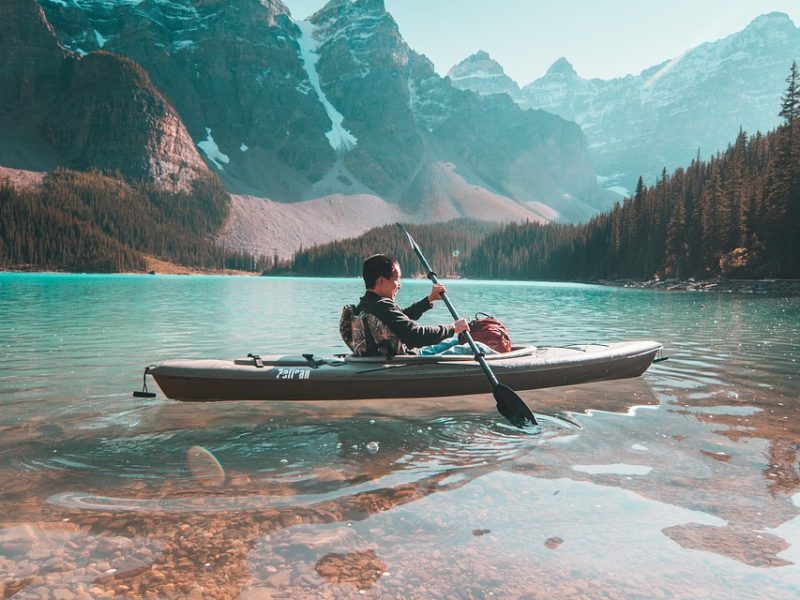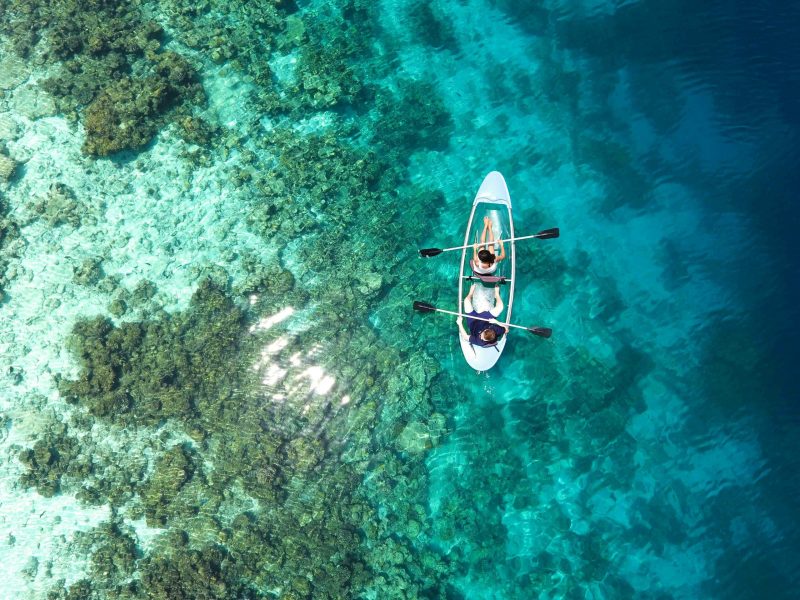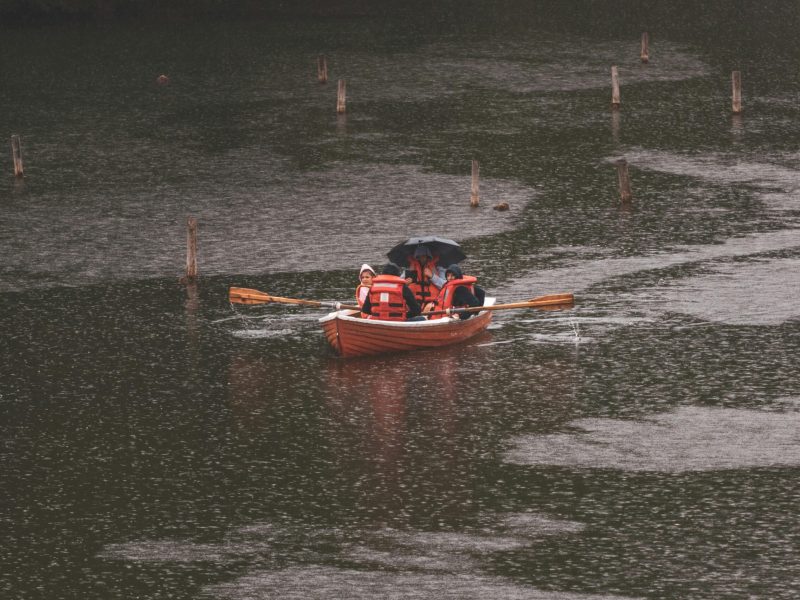
historical
The historical backdrop of drifting traces all the way back to ancient times when people originally wandered onto the water utilizing basic vessels produced using regular materials:

Archeological
Archeological proof recommends that early people utilized burrow kayaks, which were emptied out logs, for fishing and transportation.

boats
These boats assumed a significant part in the improvement of the Nile Stream human progress, empowering fishing,


